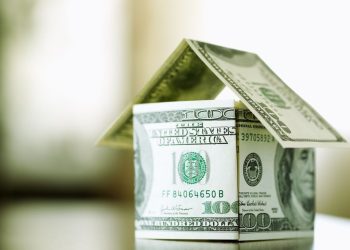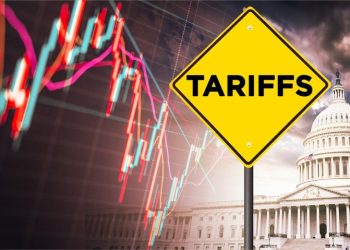The S&P CoreLogic Case-Shiller U.S. National Home Price NSA Index, covering all nine U.S. census divisions, reported a 6.5% annual gain for March, the same increase as the previous month. The 10-City Composite saw an increase of 8.2%, up from an 8.1% increase in the previous month. The 20-City Composite posted a slight year-over-year increase to 7.4%, up from a 7.3% increase in the previous month.
Case-Shiller: Home Prices Way Up in March Due to Scarcity
"Typically a local policy issue, housing has become an issue in this year’s Presidential election,” said Bright MLS Chief Economist Dr. Lisa Sturtevant. “High home prices and mortgage rates are increasingly pricing out young and moderate-income would-be homeowners.”
Taking Advantage of Client Reviews (and Referrals)
Client reviews are very important to your team’s business and how you market yourself. Plus, referrals are the easiest and most surefire way to gain more clientele. Read more.
Business Tip of the Day provided by
Categories
The Most Important Real Estate News & Events
Click below to receive the latest real estate news and events directly to your inbox.
By signing up, you agree to our TOS and Privacy Policy.













